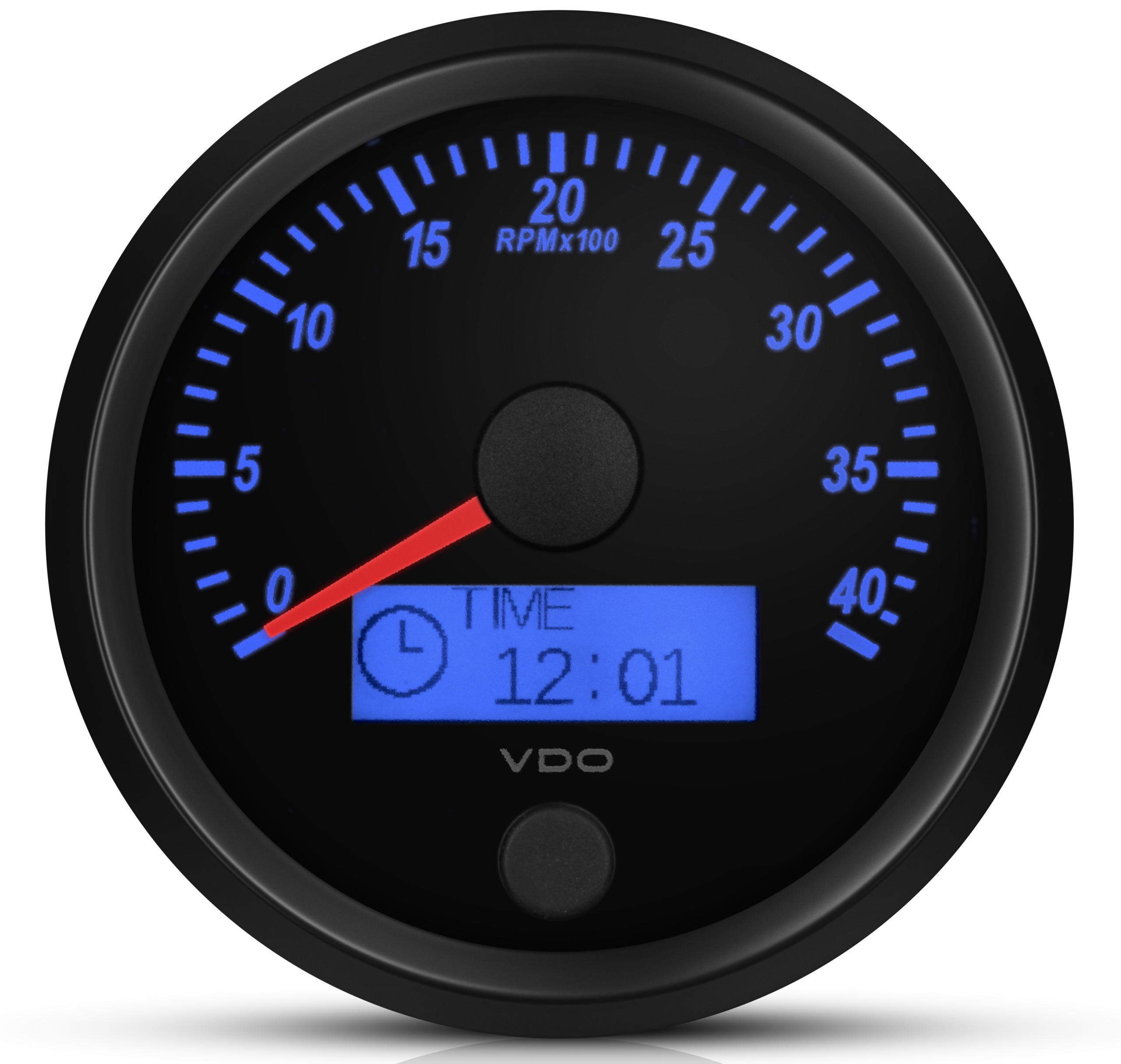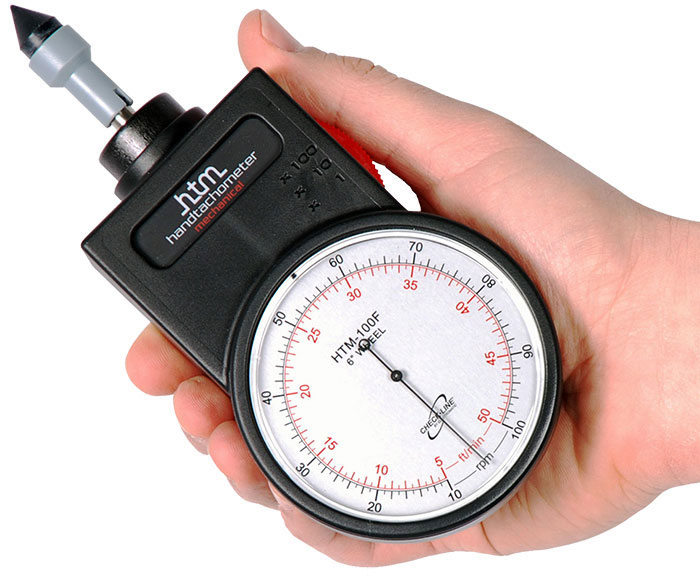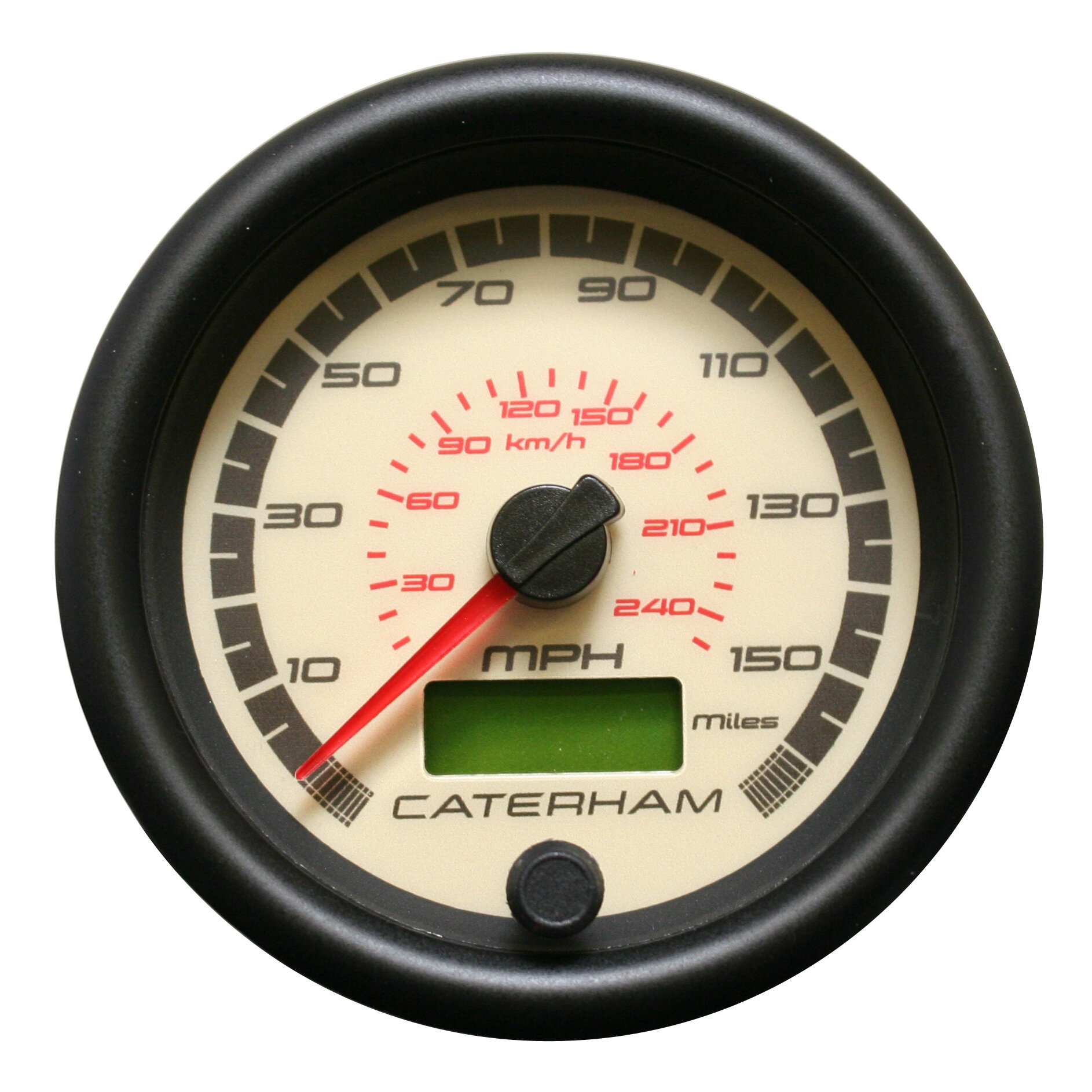How a Tachometer Assists Monitor Engine Wellness and Performance
How a Tachometer Assists Monitor Engine Wellness and Performance
Blog Article
The Relevance of a Tachometer in Checking Engine Speed and Performance in Automotive Applications
In the realm of automobile design, the tachometer stands as a pivotal tool in the motorist's collection, giving a straight home window right into the internal operations of an automobile's engine. Beyond its function as a simple scale of changes per min (RPM), the tachometer functions as a critical tool for fanatics and specialists alike, supplying real-time understandings right into engine performance and wellness. Comprehending the value of this device exceeds surface-level observations, delving right into the intricate partnership in between engine rate, power result, and general driving experience. As we discover the multifaceted duty of the tachometer in automobile applications, a much deeper admiration for its effect on vehicle characteristics and effectiveness begins to emerge.
Significance of Checking Engine RPM
Keeping track of engine RPM, or transformations per minute, is a vital aspect of automotive upkeep and efficiency assessment. Engine RPM straight associates with the speed at which the engine's crankshaft turns, showing just how swiftly the engine is running.
Moreover, checking engine RPM is necessary for efficiency analysis in auto racing and high-performance cars. Keeping optimal RPM levels is crucial for achieving peak power output and velocity. Racers commonly make use of tachometers to guarantee they are running within the perfect RPM variety for optimum performance. In recap, monitoring engine RPM is not only essential for finding issues but additionally for maximizing engine efficiency in different automotive applications.

Benefits of Real-Time Data
In automobile applications, real-time data plays an important function in providing instantaneous insights into the performance and problem of the lorry. By continuously keeping track of various criteria such as engine speed, temperature, fuel usage, and more, real-time data offers various benefits that add to improved performance and safety and security on the road.
Furthermore, real-time data facilitates performance optimization by providing instant feedback on driving routines and engine effectiveness. Vehicle drivers can adjust their behavior in real-time based on this info to attain much better fuel economy and extend the life expectancy of their vehicle.

In addition, real-time information plays an important role in modern automotive diagnostics, allowing service technicians to rapidly detect and resolve breakdowns. This causes minimized downtime, lower maintenance costs, and ultimately, boosted overall lorry dependability and durability (tachometer). By harnessing the power of real-time data, automotive stakeholders can make enlightened decisions that favorably affect both the performance and durability of the vehicle
Influence On Equipment Shifts
The tachometer plays an important function in maximizing equipment changes by offering real-time engine rate data to the driver. When coming close to the redline on the tachometer, it signals the driver to upshift to stop over-revving the engine and causing potential damage.
Moreover, the tachometer aids in accomplishing smoother equipment shifts, especially in hands-on transmissions. By checking engine rate, vehicle drivers can carry out gear changes at the optimal RPM range, lowering jerking motions and lessening wear on the transmission parts. This precision on duty changes not only improves driving convenience however also adds to fuel performance.
Enhancing Fuel Effectiveness
Provided the crucial role the tachometer plays in maximizing gear shifts for efficiency and engine health and wellness, it directly adds to optimizing gas performance in vehicle applications. By providing real-time comments on engine speed, the tachometer helps Homepage chauffeurs in pop over to this web-site preserving the most efficient RPM range for fuel economic situation. When drivers regularly check the tachometer and readjust their driving routines as necessary, they can avoid unneeded gas consumption triggered by over-revving or carrying the engine.
Furthermore, the tachometer helps chauffeurs determine the most fuel-efficient equipment to be in at any type of given moment, avoiding the engine from working more difficult than needed. This is specifically vital throughout velocity and cruising, where being in the right equipment can significantly impact gas efficiency. In addition, the tachometer can signal chauffeurs to prospective mechanical concerns that can be adversely impacting gas economy, such as a slipping clutch or a stopped up air filter. Finally, the tachometer acts as a valuable tool in enhancing fuel efficiency by advertising optimum driving behaviors and determining areas for improvement in the car's efficiency.

Maximizing Engine Durability
The tachometer's role in monitoring engine rate and efficiency is crucial in ensuring the long life of vehicle engines. Checking the tachometer enables drivers to remain within the advised RPM range for their car, preventing unnecessary stress on the engine and expanding its lifespan.

Final Thought
In conclusion, the tachometer plays a critical role in checking engine rate and efficiency in automotive applications. By providing real-time information on RPM, it allows for reliable gear changes, boosted gas performance, and made best use of engine long life. This device is crucial for maintaining ideal engine performance and guaranteeing the general functionality of a car.
Report this page